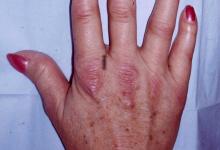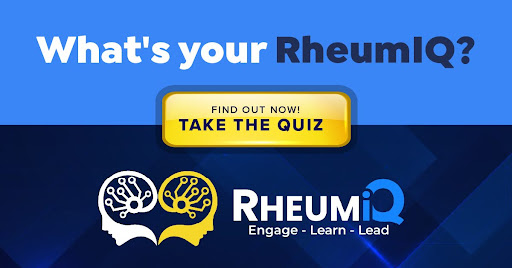PAH diagnosis and management in the context of CTD ILD Save

Pulmonary arterial hypertension (PAH) is a serious complication of connective tissue disorders (CTD). Approximately 25% of patients with PAH have an underlying CTD, making CTD-PAH the second most common cause of PAH after the idiopathic form. PAH is defined by elevated pulmonary arterial pressure and increased pulmonary vascular resistance, potentially leading to right heart failure and death.
During the session on Management of Lung Complications in CTD at APLAR 2025, held in Fukuoka, Japan, Prof. Dinesh Khanna and Masataka Kuwana provided an excellent overview of PAH diagnosis and management strategies the context of CTD-associated interstitial lung disease (CTD-ILD). Here is a summary of the key takeaways.
PAH Classification and Relevance in CTD
PAH is classified into five subgroups based on associated lesions and indications for right heart catheterisation. While management of PAH often extends beyond rheumatology—especially in idiopathic forms or those linked to left heart disease—it remains highly relevant in patients with CTD. In CTD-ILD, chronic hypoxia and fibrosis lead to pathological changes in both lung parenchyma and vasculature. However, the ratio of parenchymal to vascular remodelling varies depending on the underlying CTD and its severity. This heterogeneity poses clinical challenges, as different PAH phenotypes and severity levels require tailored therapeutic strategies. Pathophysiology in CTD-ILD PAH is typically mixed.
When to Assess for PAH in CTD-ILD?
Pulmonary hypertension should be considered in CTD-ILD patients with:
Unexplained worsening of breathlessness, known risk factors for PAH or during evaluation for lung transplantation. While original screening mainly involves transthoracic echocardiography (TTE), a right heart catheterisation is recommended when PAH is suspected or when vasodilator therapy is being considered. The speakers note a caveat though: due to the limited accuracy of TTE in ILD patients, those with moderate to high suspicion of PAH should undergo catheterisation regardless of TTE findings.
Treatment Strategies
For idiopathic PAH and CTD-PAH without ILD, the current standard involves early use of triple therapy targeting three key pathways:
Endothelin pathway (endothelin receptor antagonist or sGC stimulator), nitric oxide pathway (PDE-5 inhibitor) and the prostacyclin pathway (rostacyclin analogue or receptor agonist). This approach is now considered the gold standard, especially for moderate-to-high-risk patients. The inclusion of Sotatercept in latest guidelines is also notable.
In contrast, all RCTs in PAH-ILD have failed to show efficacy. Trials involving ambrisentan and riociguat reported increased serious adverse events, leading the 2022 ESC/ERS guidelines to recommend against prescription of vasodilators in this group of patients.
However, some data support a cautious, individualised approach: with mixed RCT data, PDE-5 inhibitors could provide survival benefit in severe precapillary PAH. The INCREASE trial suggests that Treprostinil could lead to fewer ILD exacerbations with early initiation and up-titration, but with no effect on survival.
Overall, the 2022 ESC/ERS guidelines, based on ILD severity, suggest the below decision tree:
-PAH with mild ILD: Follow standard PAH treatment algorithm
-PAH with moderate-to-severe ILD:
PVR <3 WU: No treatment recommended
PVR 3–5 WU: Consider Treprostinil
PVR >5 WU: Consider Treprostinil; PDE-5 inhibitors may also be considered on a case-by-case basis.
In summary, PAH in CTD-ILD remains an area of unmet need for therapeutic strategies. The poor outcomes in this patient population, highlights the urgent necessity for better approaches. Further research is warranted to better understand disease mechanisms.











If you are a health practitioner, you may Login/Register to comment.
Due to the nature of these comment forums, only health practitioners are allowed to comment at this time.